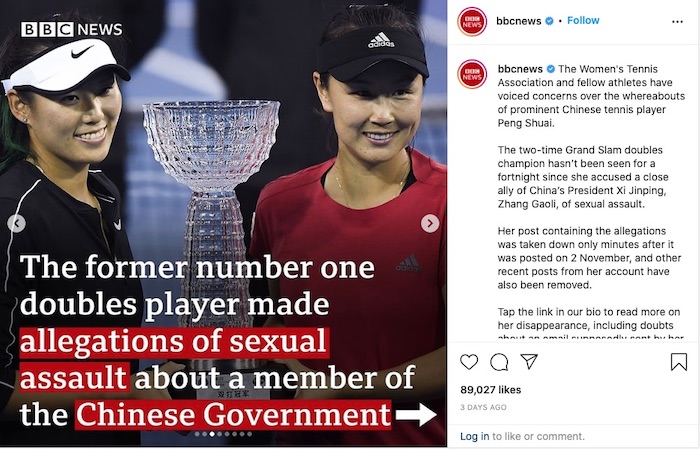
The way we 'make news' is changing, as it always has.
Journalism.co.uk asked 50 UK students what would make them more interested in news. It turned out they are more likely to read a story or watch a video if it closely resembles what they already follow on social media.
The problem? Platforms like TikTok or Instagram focus on lighthearted visual content, such as dance videos or memes, and this creativity often does not come naturally to journalists trained in more traditional news reporting.
Another problem is that social media users do not scroll through their feeds to look for news, they stumble upon it while checking out other content. The exception to the rule is Twitter, where many seek breaking news, according to the latest Reuters Institute’s Digital News Report 2021 (DNR 2021).
The bottom line is that if you want to attract the eyeballs of the under-25s, and you decide to do so on social media, the content you produce needs to feel like it belongs there.
It is TikTok o’clock
On TikTok, it is normal to see people jumping on viral dance trends, like the 'chopping dance challenge' - and even veteran news anchors have been joining in. While a good exercise in spreading brand awareness, you could definitely argue there is not much news reporting going on here. That does not mean trends and news reporting cannot coexist.
Take Sophia Smith Galer’s Suez sea shanty from this year for example. This was another popular TikTok trend combined with a major news story at the time. That video got around 3.6m views on TikTok.
I wrote a Suez sea shanty and I have no regrets pic.twitter.com/ExXcEKlUb3
— Sophia Smith Galer FRSA (@sophiasgaler) March 27, 2021
Elsewhere, Channel 4 News’ video that explains the scale of CO2 emissions with balloons is similar in style to other successful creators on the app, but it tackles a major news story coming out of COP26.
When it comes to both TikTok and Instagram, eye-catching visual content is a must. For example, a TikTok by Cleo Abram, video producer at Vox, discusses NFTs and breaks down a complex news topic with a strong visual explainer.
this is the diagram I see in my head every time I hear “NFT” pic.twitter.com/HP4fJr8Yda
— Cleo Abram (@cleoabram) November 15, 2021
There is this misconception that Gen Z is only interested in funny social videos but our group of students said that creative and interactive content is more appealing. Young people are also more interested in content related to their own personal interests, such as social justice and climate change, a trend also confirmed by the DNR2021.
All in all, producing appealing content on social networks does not seem that difficult, right? Where journalists often stumble is their lack of understanding of what is trending on the apps. But using trends to tell a news story creates a bond between the audience and the publication, as young people feel like they are being spoken to directly by the journalists about a topic that interests them.
Instagram interactivity
Strong visual content is important on Instagram too and you can get even more creative with pictures, graphics, text and memes.
A great way to do this is 'scroll through' posts successfully used by JOE Media whose @footballJOE account now has 1 million followers.
JOE Media’s editorial director Serena Kutchinsky said that publishers should not shy away from virtue signalling, because "people like to share causes important to them". In this context, 'virtue signalling' could be anything from tips and advice for taking action against climate change, or explaining hot issues. This is a bit of a no-go zone for BBC journalists, who were told last year to avoid "virtue signalling" as part of new social media guidelines.
What has been effective at BBC News, however, are swipe-through posts, like that of the story of the missing Chinese tennis player Peng Shuai. In just a handful of pictures, journalists summed up the story and also created highly shareable content. The final slide shows links that point the Instagram users to the BBC News website and app to read more.

Using interactive tools on Instagram helps keep users’ attention and build up a relationship with them.
For example, to celebrate reaching one million followers, Vice World News journalists responded to audience questions about what stories and regions they want to hear more about. The questions were sent through the Instagram stories 'question' button, and it is still ongoing.
This connects the audience on the platform, predominantly made up of the under-34s, with the journalists in a much more personal way. The journalists also get to see where their followers are and what is concerning them, while also creating appealing content.
So embrace your creative side and explore spaces where young people already are, rather than waiting for them to come to you (they probably will not). After all, reaching younger audiences now is crucial for the future of your news organisation.
Free daily newsletter
If you like our news and feature articles, you can sign up to receive our free daily (Mon-Fri) email newsletter (mobile friendly).
Related articles
- 10 creative ways to interview celebrities and experts
- How NRK uses AI-generated summaries to boost younger readers’ engagement
- What will your audience want in the future?
- Seán Wood, CEO of Positive News, on fighting news avoidance
- Trust is not a "useless metric" - we just need to understand it better









